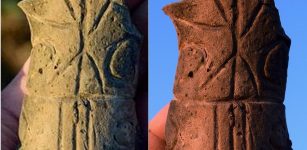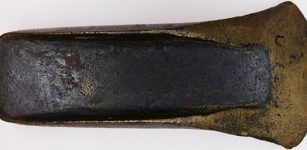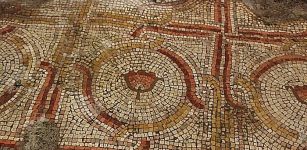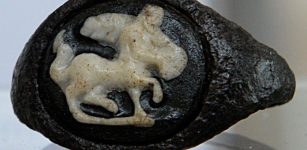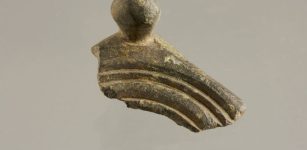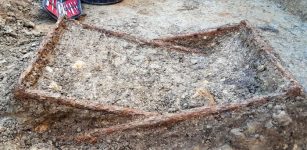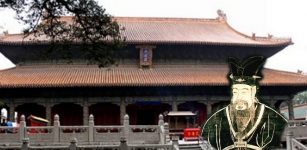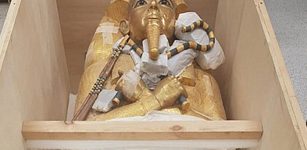Treasure Trove Of Spices Found On The Sunken Medieval Ship Gribshunden
Jan Bartek - AncientPages.com - Underwater archaeologists investigating the sunken Medieval warship Gribshunden (1495) have found a “treasure trove” of exotic spices and plants imported from distant lands. The finds include nutmeg, cloves, mustard, and dill, and samples of saffron, ginger, clove, peppercorns, and almond.
Built in 1485 the vessel was described as a “floating castle” that served as the flagship and mobile seat of government for King Hans of Denmark and Norway. Just before Midsummer, at the end of June 1495, the ship anchored off Stora Ekön (Great Oak Island).
Black pepper from the Gribshunden shipwreck. Plant parts of black pepper: a–c) different views of peppercorns, d) stalk segments, some with unripe berries of pepper. Credit: PLOS ONE (2023). DOI: 10.1371/journal.pone.0281010
The ship’s final voyage occurred in 1495. Filled with warriors and luxury goods, “Gribshunden sank while Hans sailed with it and a fleet to a political summit in Kalmar, Sweden to meet with the Swedish regent and noble council. At the culmination of the five-week negotiation, Hans expected the Swedish Council to elect him as their king, thereby fulfilling his ambition to re-unite the Nordic region under a single monarch. To achieve this result, Hans would demonstrate to the Swedish delegation the authority and wealth of his crown. He carried with him all manner of power displays: his warships, shipboard artillery, a battalion of professional soldiers, and small arms including crossbows and gunpowder weapons. Buttressing these hard power elements were soft power signifiers: coinage, artwork, splendid livery, and delicacies for feasting. 1
Following the loss of his ship, Hans attacked and conquered Sweden instead.
Gribshunden's figurehead was salvaged in 2015. Photo: Blekinge Museum
The wreck of Gribshunden was found during the 1960s and a new study was conducted from 2019-2021. Thanks to the unique environment of the Baltic Sea – with oxygen-free seabeds, low salinity and an absence of shipworms – the wreck was particularly well preserved when it was discovered.
Over the years, underwater archaeologists have made many intriguing finds when examining the shipwreck. Some years ago, divers found well-preserved fish inside the shipwreck.
Divers also recovered artifacts such as artillery, hand guns, and the steering gear and stern castle components. 3D models of critical structural components have allowed the first digital reconstructions of the ship.
Scientists from Lund University report the recent discovery of “exotic spices were status markers among the aristocracy in Scandinavia and around the Baltic Sea during the Middle Ages.
See also: More Archaeology News
All recovered botanical remains were subfossil specimens. The preservation state is noteworthy. Many plant remains feature fruit flesh and skin, still colored and the saffron retains its distinctive aroma after 527 years submerged. Excluding the saffron stigmas which were quantified by volume (450 ml), a total of 3097 plant remains representing 40 species were identified from the sediment samples,” the research team writes in the study.
Written by Jan Bartek - AncientPages.com Staff Writer
Expand for references- Mikael Larsson et al, The king's spice cabinet-Plant remains from Gribshunden, a 15th century royal shipwreck in the Baltic Sea, PLOS ONE (2023). DOI: 10.1371/journal.pone.0281010




